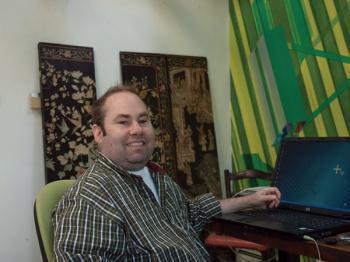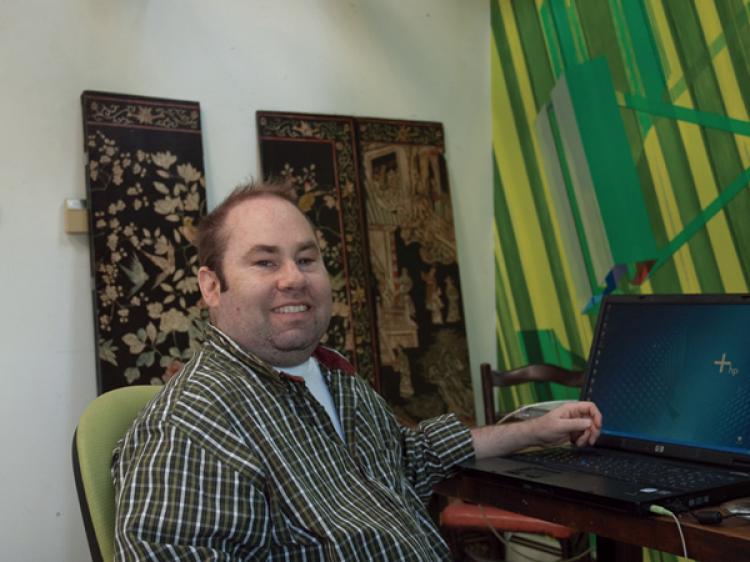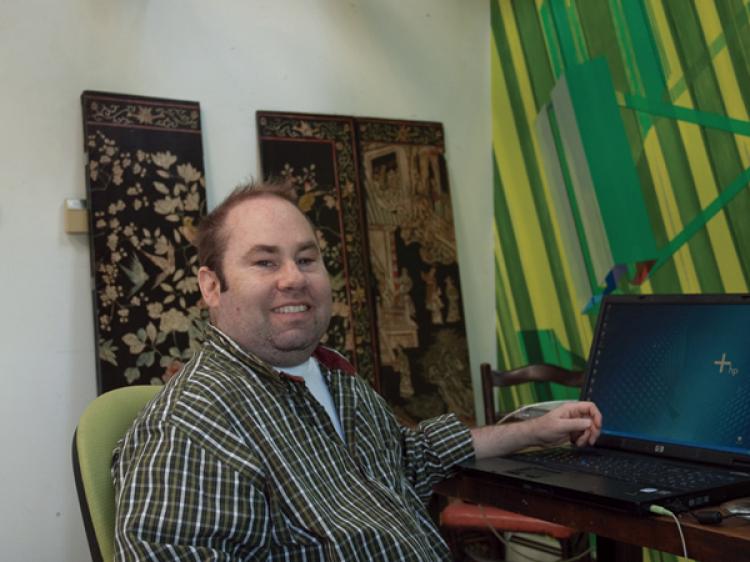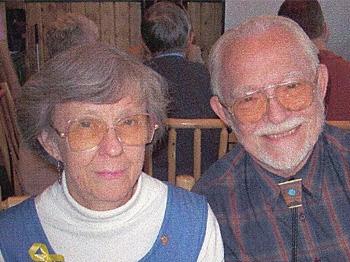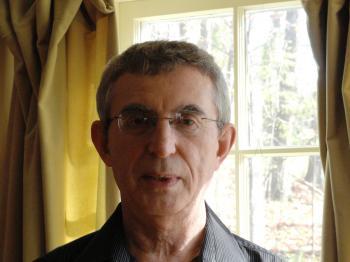Steve woke up as a writer in the fifth grade when his teacher gave him a writing assignment.
“I wrote about two brothers who went to the moon and had adventures with moon creatures and monsters,” he says.
“This experience turned me into a reader. I began by reading E. B. White stories (Charlotte’s Web and others). I also read several stories of John D. Fitzgerald’s The Great Brain series; I enjoyed their adventures and commentary on family life.”
At the time, Steve had no idea that at 15, when he had diabetes-related vision problems, reading would help him survive a dozen painful eye surgeries. Reading offered a way out—picking up his spirits on his merit of having written the space travel story.
Between surgeries, besides reading as a writer with the help of a machine designed for the legally blind, Steve wrote in enlarged type the first draft of his novella, Riding the One-Way Double Line.
Set in a small town known to be a place for hunters, the novella’s theme was based on the Golden Rule of ‘Do unto others as you would have them do unto you.’
“The rule got out of control in the fundamentally religious town, when two characters took charge, centralized power, and turned it into the earlier primitive code of ‘An eye for an eye.’
“A lawyer comes into the town, and on a hunting trip, accidentally kills someone. From friendships he develops, he learns that a law degree will not help him.
“The town is divided over the ‘eye for an eye’ moral code. The hunter’s friends cannot save him. They leave town and go away when he is executed.
“Working on the novella helped me pass the time and focus on something positive, something I could shape and control.
“My mother is a religious person. Looking back, I realize that my portrayal of the twin moral codes in the novella holds up a mirror to the positive and negative aspects of her faith.
“In my senior year, I worked again on the novella—this time on an electric typewriter. In the fall, I completed it, just when I was applying for college admissions.
“I decided to include the novella in my application. Some people thought it was a silly idea, but, looking back, I believe the novella helped to get me admitted to Hamilton College, Clinton, NY.
“Hamilton is coined a ‘Little Ivy,’ along with such schools as Amherst, Williams, and similar northeastern small liberal arts colleges.
“I decided to write a play in my junior year, and I submitted it to the annual Hamilton One-Act Play competition. I ended up winning the competition.
“I submitted another play the next year, to my disappointment, I did not win. Later, the Alexander Hamilton Players organization staged my play.
“Then, I faced a new health challenge. I had renal failure from diabetes. My kidneys had been failing, but now they began to completely fail. I was 24, out of college for a couple of years. I was in graduate school, in New York City, getting a master’s in English. I had to move back home.”
Eleven years ago, Steve received a kidney transplant. All the while, he has continued to write.
Now 40, stories from his collection, “What I’m Learning”, are making the rounds of fiction journals and he is getting handwritten notes from editors of publications like Story Magazine, South Dakota Review, Crab Creek Review, and the New Yorker in response to his submissions.

